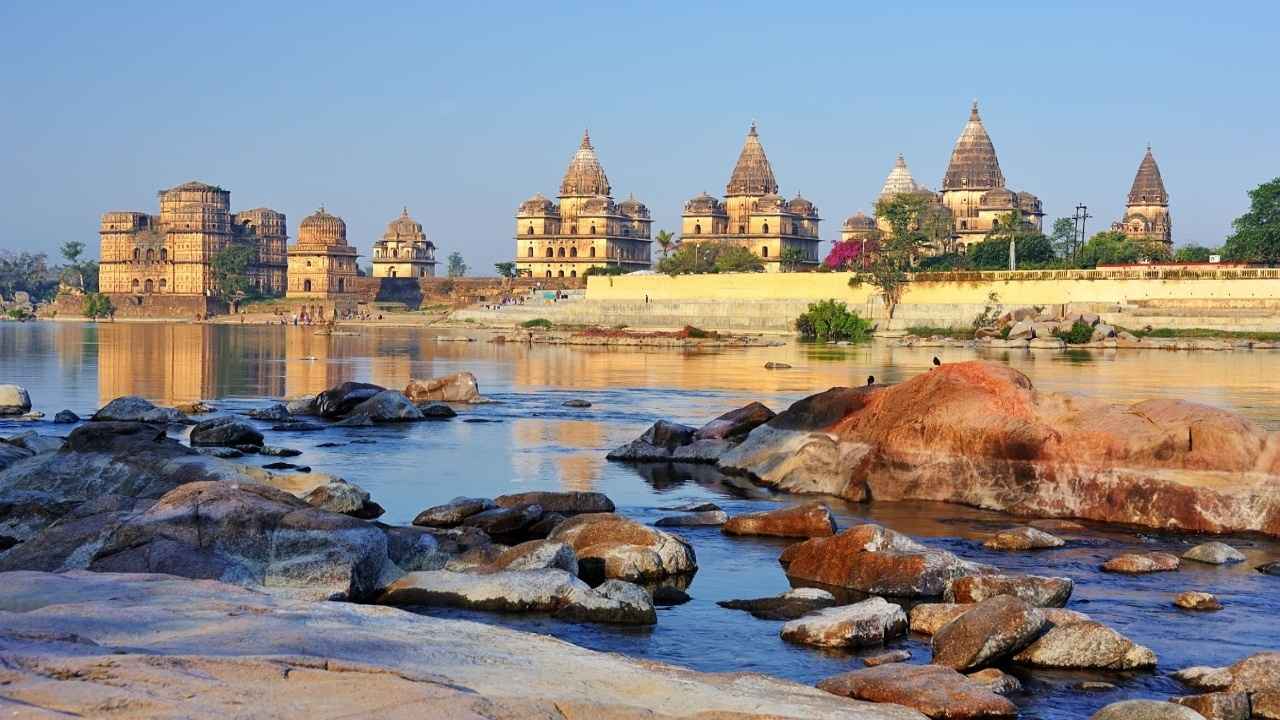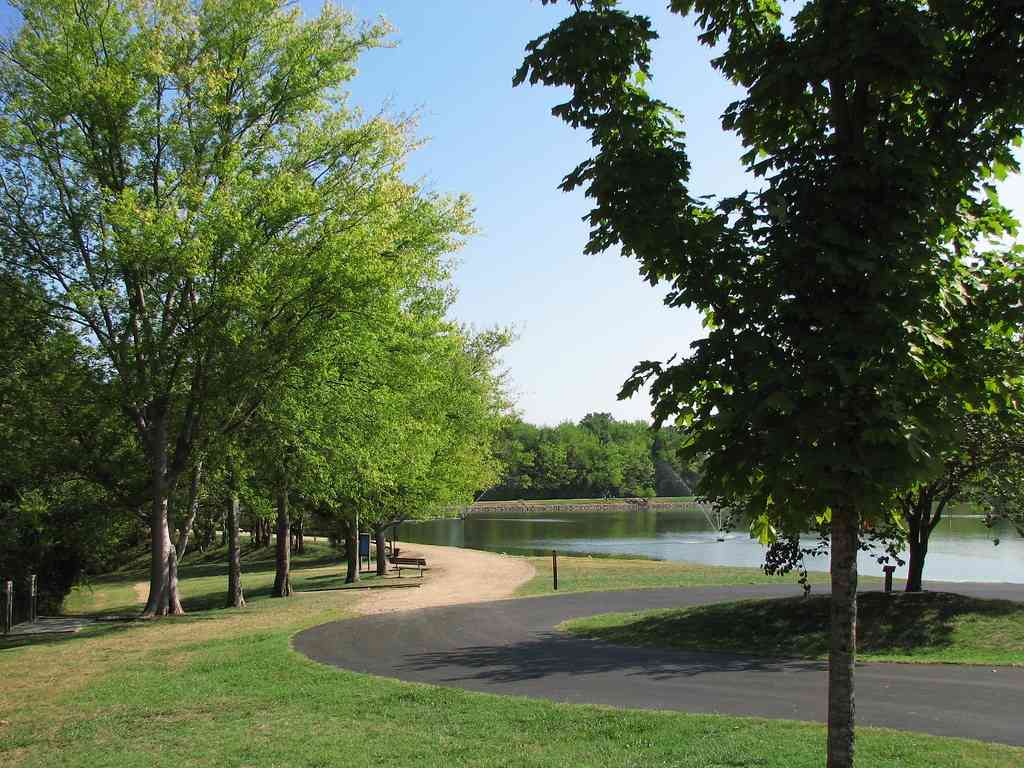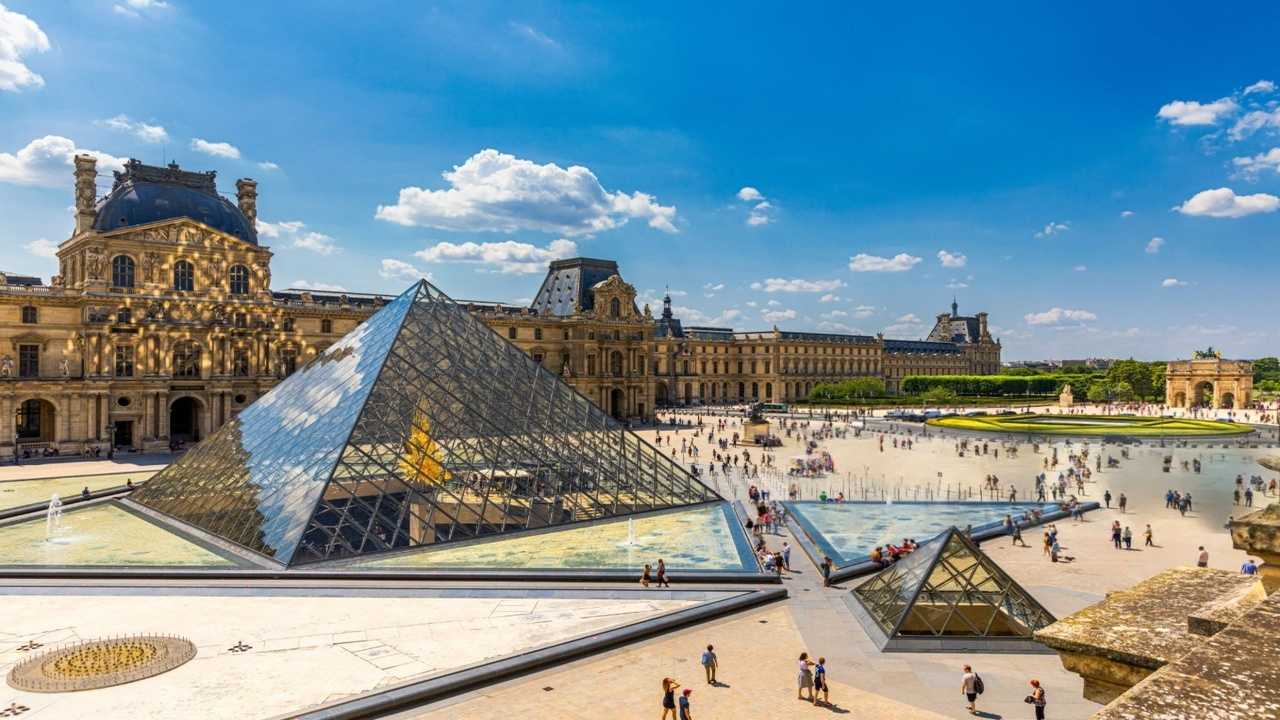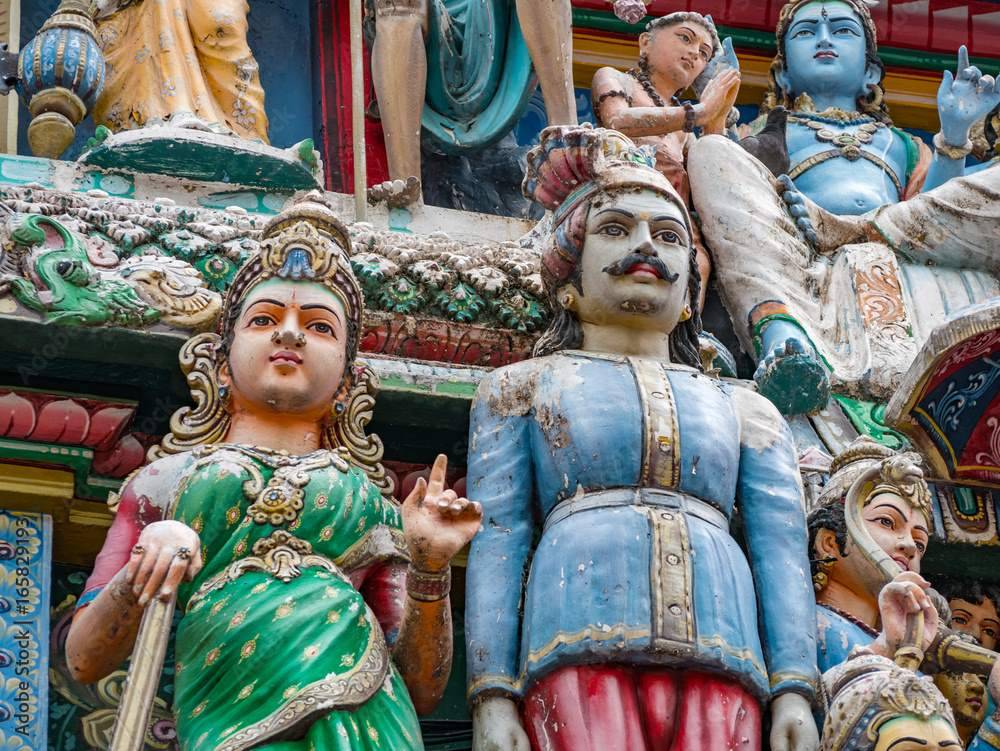
Want to know about Sri Mariamman Temple? Right. I got you. Many Indians and also tourists love to travel and want some aesthetic place to visit there, so this temple will give you the best experience. This temple is located in Singapore.
In this article, I will share complete information about Sri Mariamman Temple and everything you need to know about this temple. Stay connected and get all the information you want to know.
History and Background
The Sri Mariamman Temple that also known with the name of Sri Maha Mariamman Temple. This temple is first built in 1827. Naraina Pillai, one of the earliest Indian immigrants to Singapore, founded it. Pillai came to the island with Sir Stamford Raffles, Who was the founder of Singapore.
The temple was first just a simple wooden structure. Gradually, it got bigger and changed according to the timeline. The building that we all see today was finished in 1863. It has had many refurbishments to keep it well-maintained since then.
Location and Significance
Being an address the Sri Mariamman Temple is located at 244 South Bridge Road in Singapore’s Chinatown. This place signifies a lot because it represents the coexistence of different cultures in Singapore. The temple serves not just as a place of worship but as a national monument and a tourist hotspot.
Architecture and Design
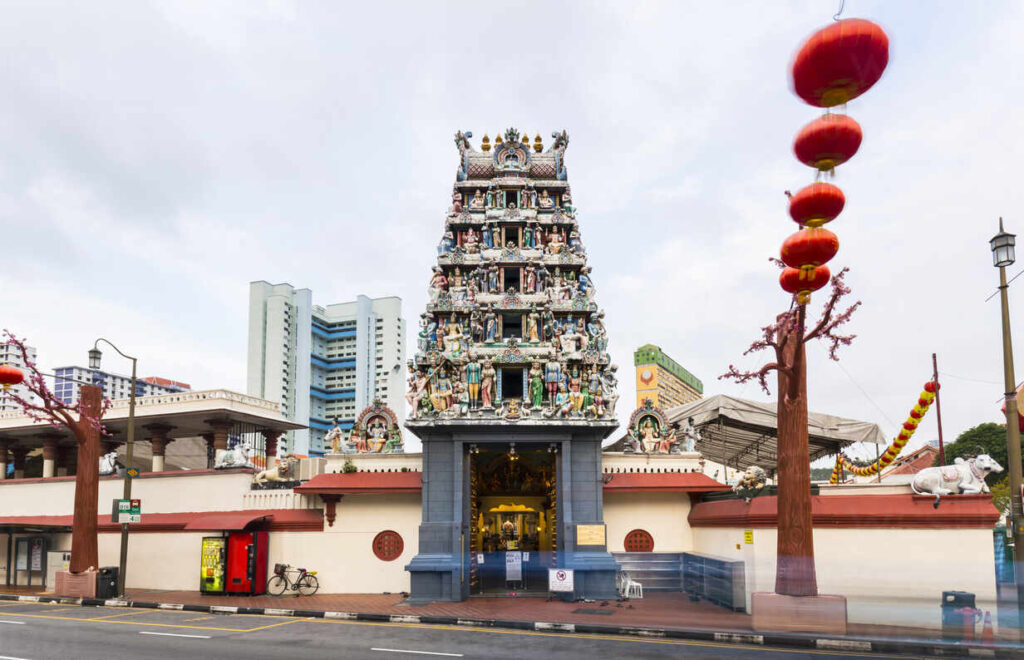
The Sri Mariamman Temple is a multi-colored and well-crafted building. The most puzzling part is the gate, which is called the gopuram. The gate has quite a lot to cover because it consists of six tiers and is decorated with images of Hindu gods, mythical figures, and decorative items.
There are many shrines inside the temple. The largest one is dedicated to Mariamman, the goddess of rain and fertility. Other significant deities worshipped there are Rama, Krishna, and Murugan.
The temple’s walls and ceilings are covered with lovely paintings and carvings. These depict different events in Hindu mythology and showcase the main Hindu saints.
Religious Practices and Festivals
The Sri Mariamman Temple is a place of worship where the South Indian community comes for prayer every day. Hindu followers stick to the rules and innovatively develop their religious rituals following the principles of the Agamic tradition, which is an ancient Hindu temple custom.
One of the biggest festivals at the temple is the Theemithi festival, also known as The Fire-walking Ceremony. This occurs every year in October or November. During the festival, devotees walk across the pit of burning coals to show their belief and devotion.
The temple’s second major festival is its anniversary which takes place in May or June. This two-week festival is where the temple experiences exclusive rituals, cultural performances, and community events.
Cultural Importance
The Sri Mariamman Temple is an essential part of the national project of preserving the Hindu culture in Singapore, besides being a religious site. The temple has dance classes and music programs such as Bharatanatyam and Carnatic Music. The new immigrants from India are also helped by the temple. It provides aid in adjusting to life in Singapore.
In the past, when Indian people first came to Singapore, they would often stay in the temple, which was more of a makeshift hostel than a place of worship.
Tourist Attraction
Right now, most visitors who come to see the Sri Mariamman Temple want to relate to this temple with Hindu beliefs and enjoy the architectural experiences of the building. The temple is open for citizens and tourists, but they need to follow the same rules about the temple:
- Before you enter, please take off your shoes.
- Dress modestly (cover your shoulders and knees).
- Do not take photos inside the main prayer hall.
- Speak quietly and be respectful of people who are praying.
Conservation Efforts
Being an old building, the Sri Mariamman Temple demands regular care. The temple is maintained by both the temple management and the Singapore government in alliance with the government. The restoration of the temple, including the gopuram, was done in 2010 when the temple was also repainted to make it look better.
Community Outreach
The Sri Mariamman Temple is very inclusive. It allows followers of all religions. Besides, it holds events that bring together people of various faiths to learn about other religions. Furthermore, it is also involved in charity work in Singapore, including helping poor and needy people.
The Temple’s Role in Education
Many schools in Singapore that bring students to the Sri Mariamman Temple are assisting students in appreciating different religions and cultures. The activities available at the temple include guided tours and a detailed explanation of Hindu beliefs and practices.
Sri Mariamman Temple and Tourism
The diverse tourism sector in Singapore has made the temple a very important tourist spot. It is talked about in guidebooks and group tours. The colorful gopuram is photographable by many tourists and the temple is located in Chinatown, making it possible for tourists to see it and other establishments nearby.
Comparison with Other Mariamman Temples
There are many other Mariamman temples around the world, especially in Southern India and countries where people have a major Indian heritage that features large Indian communities.
Some of these temples may be different, but they all have some attributes in common. The popularity and importance of the Singapore Sri Mariamman Temple is big because to the oldness of the temple and the role model in the history of the country.
Conclusion
The Sri Mariamman Temple, which is known by the name the Sri Maha Mariamman Temple, is a Singaporean national treasure. It is a strong example of the country’s multiracial character and community peace.
Sri Mariamman Temple is one of the oldest Hindu temple that is located in Singapore. You can visit and see its multiplicity of roles that have a reason for its development into a place of worship, community center, tourist attraction, and the meaning of the country’s multicultural trend.
It does not matter if you are a devotee coming to pray, a tourist who is interested in culture, or a student learning about different religions. The Sri Mariamman Temple offers a different and more complete experience.
The amalgamation of the devotional vibrancy, the historical depth, and the relative peacefulness of the temple makes it one of the most delightful temples in the world.
Heaven Leads brings you closer to the most awe-inspiring temples around the world, offering a unique insight into their history, architecture, and spiritual significance. Whether you’re planning your next spiritual journey or simply exploring from home, Heaven Leads is your gateway to discovering sacred places that resonate with beauty and cultural heritage. Dive into our collection and let us guide you to the world’s most breathtaking temples. Visit us for more insights and start your journey today!


